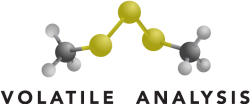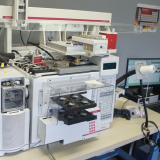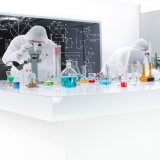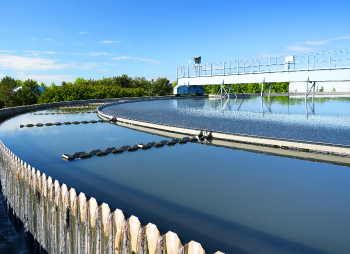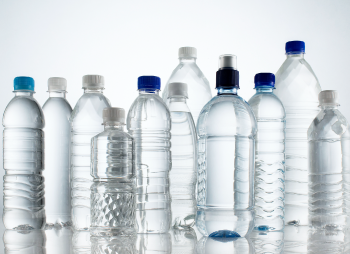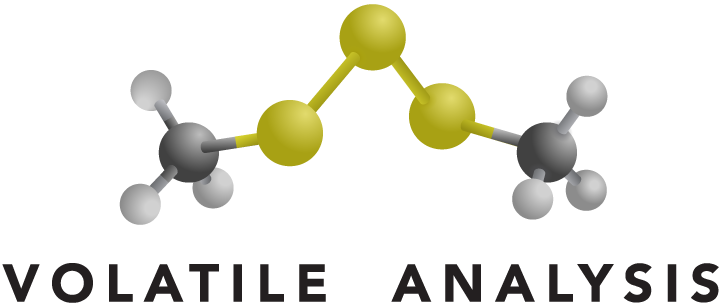
Chemicals
Description of Industry
The chemical industry is a vast enterprise that affects everyone’s lives and ranges from large scale production of polymers and petro chemicals to specialty chemicals used for personal care. Off-odors in chemicals, for example in polymers utilized for plastics, can be a major problem especially if the plastic is used for packaging foods, beverages or personal care items. VAC specializes in detecting and measuring trace level off-odors caused by unknown contaminants.
Applicable Services
What we do
We are experts in odor analysis and trace level chemical detection and measurement. Both odor analysis and chemical detection are utilized when we employ gas chromatography-mass spectrometry/ olfactometry. We also employ expert experimental design, sample prep measures, and statistical analyses to ensure appropriate scientific rigor.
Odor Analysis GC-MS/O
Gas chromatography-mass spectrometry/olfactometry provides the very best technique to quickly resolve off-odor issues. This method requires a trained odor judge to sniff GC effluent and rate odor character and intensity. This information is coupled by retention time automatically via software to GCMS chromatogram data to allow for rapid odor identification. Our sensory and analytical team have more than 20 years experience with odor, analytical, and organic chemistry, and sensory analysis.
Odor Baseline Establishment
Baseline GCMS/O measurements have proved extremely helpful to our clients because they establish the aroma and chemical profile of a product considered good. When odor problems arise new GCMS/O analyses can rapidly determine what chemical changes occurred compared with a product considered good to allow for production process examination and off odor mitigation.
Chemical Profiles
Chemical profile refers to what volatile (and possibly non volatile) chemicals a product exhibits and are characteristic for that product . At VAC we measure the volatile chemicals a product gives off because only the volatile chemicals cause odor. By knowing what a products unique profile is, subsequent ingredient changes or processing changes that cause odor problems may be quickly mitigated.
Odor Investigation
We utilize the most advanced scientific techniques and instruments currently available to detect and measure volatile chemicals responsible for odor. We utilize gas chromatography-mass spectrometry/ olfactometry to quickly determine what retention index values from a chromatogram correspond with odor. This capability dramatically improves our capability to identify trace level chemicals responsible for off-odors.
Quantitative Chemical Analysis
The goal of quantitative analysis is to accurately and precisely measure the amount of a chemical (the target chemical is also called analyte). Quantitative analysis typically involves developing a calibration curve that contains a plot of standard chemical quantity vs. peak area. Based on the unknown chemical peak area the concentration may be calculated.
Related News, Case Studies, and Blog Posts
Measurement of Organic Impurities in Water
What is Off-Odor?
Bottled Water Odor
Five Big Trends in Cleaning Products
Cleaning products have become essential in the everyday life of the modern consumer. Identify niches in this industry with this definitive guide to current trends and drivers in the sector, brought to you by the leading experts at Smithers Apex. We hope you enjoy this information. Check out what Volatile can do to help your team solve odor issues with cleaning products or help in the development of new products.
http://www.smithersapex.com/news/2013/November/5-important-trends-in-the-cleaning-products-market
